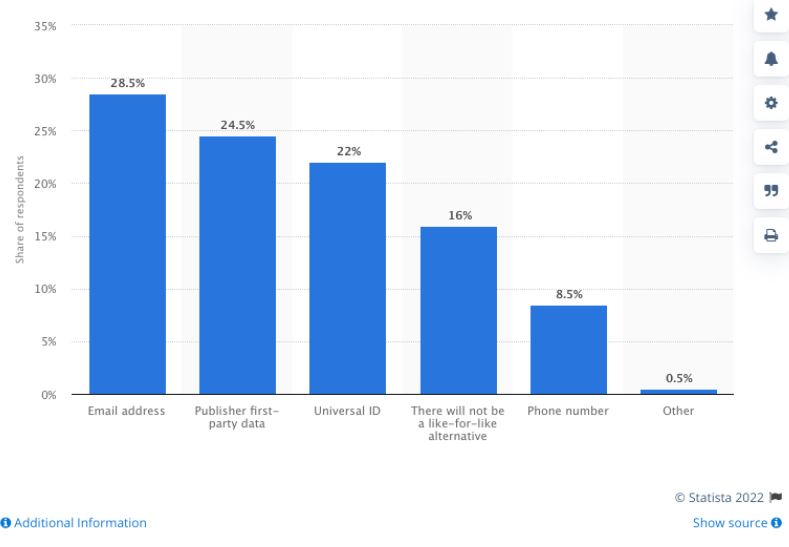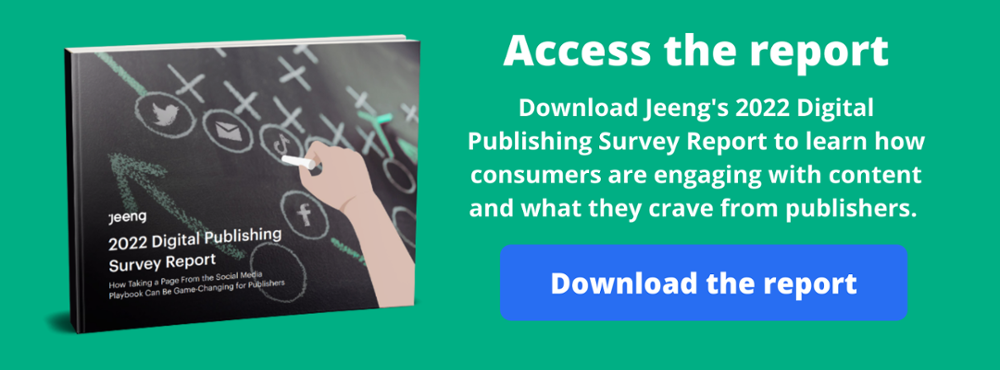The first mass marketing email was sent in 1978 on something of a whim. Gary Thuerk, a marketing manager for Digital Equipment Corporation, wanted to promote his company’s new products without having to manually transmit a slew of emails.
Thuerk used the experimental ARPAnet network to send hundreds of direct messages to people’s inboxes at once.
The result? A whopping $13 million in sales.
Still, Thuerk’s method wasn’t foolproof. (He was called the “father of spam,” after all.) His biggest mistake was not taking personalization into account.
Thankfully, email has since evolved to incorporate tools, technologies, and strategies that can effectively personalize email marketing to match consumers’ behaviors and interests.
In fact, that’s one of the beautiful things about email. It can shapeshift to serve each new era of marketing, all while standing the test of time as a tried, true, and trusted marketing channel.
Now, we’ve reached a new tentpole in the rich history of email. With so many upheavals in the marketing landscape — like third-party cookie deprecation, walled gardens, and the effects of the pandemic — publishers are being faced with a unique challenge: Rewire the way they think about email personalization to meet changing consumer preferences.
According to a 2022 study from Jeeng and Mantis Research, the way consumers think about content is shifting. A growing number of people are checking their email every day, paying for subscriptions, and demanding personalized experiences.

Publishers have a huge opportunity to capitalize on this shift and lead the future of email marketing by investing in personalization.
Yes, it will take some work. Undoing the past decades of conventional thinking isn’t easy. But with the right tools and marketing strategies, publishers can successfully unlock new ways to drive revenue and nurture audience relationships across the web.
That’s where this guide comes in.
We’ll break down everything publishers need to know about personalized marketing strategies, benefits, data, and targeting — and help you start changing the way you think about email.
Using first-party data to fuel personalization
Data is the cornerstone of personalization. With the right customer data at their fingertips, publishers can better understand what their audiences want, build unique segments, create relevant content, and target each user with the right messaging.
The problem is that data received a shakeup once Google announced its intention to phase out third-party cookies from its Chrome browser.
Now, publishers are realizing the value of first-party data collection — information that they gather directly from their audiences and activate without any need for third-party purchases or approvals.
Unlike second- and third-party data, first-party data is more transparent and easier to authenticate, since it’s entirely under the publisher’s control. That’s why, when asked what type of data will replace third-party cookies, marketers and publishers point to email addresses and first-party data.

As Jeeng CEO Jeff Kupietzky put it:
“We have the technology to say, ‘We saw what they were browsing on your site or app. This is the type of content that they’re actually interested in. So let’s not send them the summary wrap-up or even what’s trending right now.’ That’s the type of personalization we talk about. And the only way to do that well is with lots of data, data science, and iteration.”
Targeting audience segments with personalized messaging
It’s time for publishers to stop collecting “Dear John” letters from their audiences. You know, those notifications that readers are unsubscribing because they’re not receiving the high-quality experiences they’re looking for.
According to our study, over half of U.S. adults want email newsletters from publishers to be personalized to their interests — up from 42% in 2020. Sixty-six percent also say they’d be more likely to subscribe to an email newsletter if it’s personalized to their interests.
Evidently, publishers can increase retention and reduce churn by using personalization strategies that target specific groups of consumers. This includes:
- Building preference centers to collect first-party data and deliver customized offerings
- Creating target audience profiles with unique demographics, values, pain points, content types, and buying behaviors
- Monetizing email newsletters with personalized content from relevant brands
- Personalizing experiences across multiple channels for a comprehensive customer journey
- Avoiding personalization pitfalls like creepy ads and bad retargeting

Understanding the benefits of personalized marketing
Personalized marketing efforts can, of course, provide many benefits for publishers, such as helping to boost open rates, conversion rates, and revenue.
The biggest benefit, however, is that they can improve customer satisfaction and help publishers build high-quality customer relationships. Because, at its core, personalization is about giving customers what they want and providing them with greater value for their subscription or personal information.
With that in mind, here’s a glimpse at how personalized campaigns can impact audiences for the better:
- They can enjoy content that’s relevant to their interests and fits naturally into their behavior patterns.
- They can build trusting relationships with publishers and news sources, which is especially important in a world filled with fake news, misinformation, and privacy concerns.
- They can better understand how their data is being used to deliver customized experiences.
Adopting the right personalization technology platforms
When it comes down to it, there are two ways to send personalized emails: the easy way and the hard way.
The hard way involves manually gathering data, launching email campaigns, and tracking results. The easy way involves finding a partner platform that can automate these processes — so you have more time to build engaging creative assets and innovate
That’s where Jeeng comes in. We’re built to be a catalyst for this shift in the email marketing landscape, giving publishers and advertisers the tools they need to win back their audiences and launch hyper-targeted, personalized messaging across platforms.
Because the future of marketing is here — and it’s filled with email newsletters, first-party data, and personalization strategies.
The question is: Are you ready for it?
Download our 2022 consumer survey report to find out.


